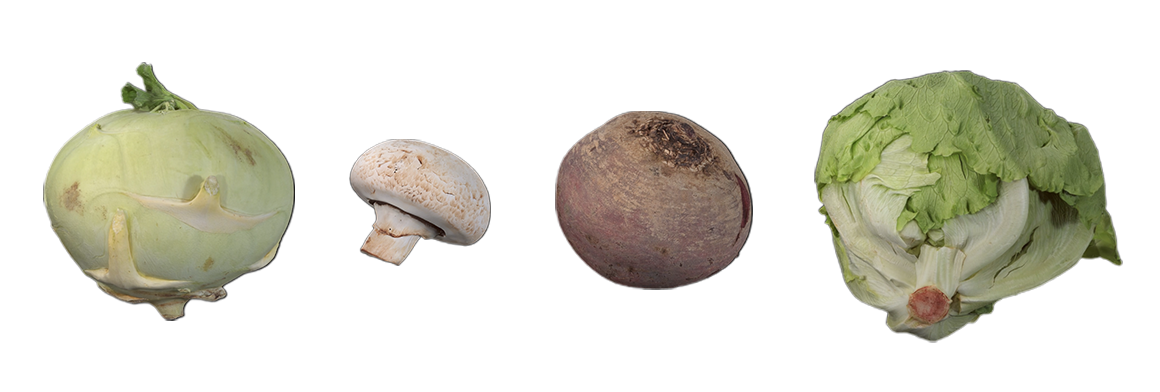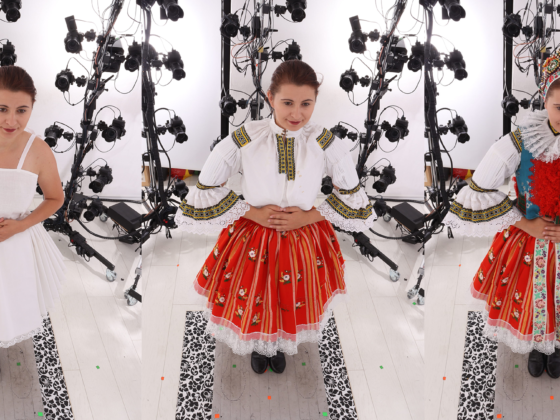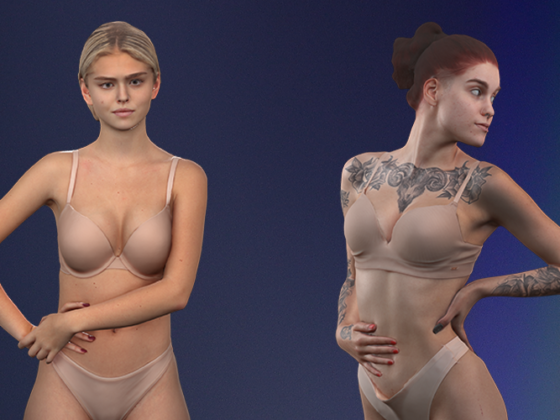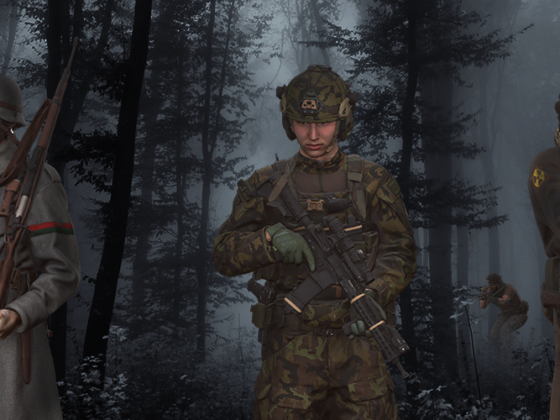Photogrammetry lets us capture every bump, fold, and organic imperfection — even in something as simple as a carrot or cabbage leaf.
Yet, while these raw scans hold amazing detail, they’re far from practical for real-time use. Millions of polygons, messy topology, and unoptimized UVs make them heavy and chaotic.
That’s why retopology is such an essential step — it reshapes complex, raw geometry into clean, organized meshes while keeping the realism untouched.
This article highlights several retopologized vegetable models created from real 3D scans available at 3D.sk.
From Raw Scans to Clean Geometry
Every model in this set started as a detailed photogrammetric scan, capturing natural surface variation, organic forms, and rich color information.
The challenge was to keep that fidelity while transforming heavy meshes — often exceeding two million polygons — into lightweight, clean versions suitable for any 3D pipeline.
After careful reconstruction and cleanup, each vegetable now features quad-based topology, consistent UVs, and smooth surface flow, making them ideal for baking, PBR texturing, and real-time rendering in Unreal, Unity, or Blender.
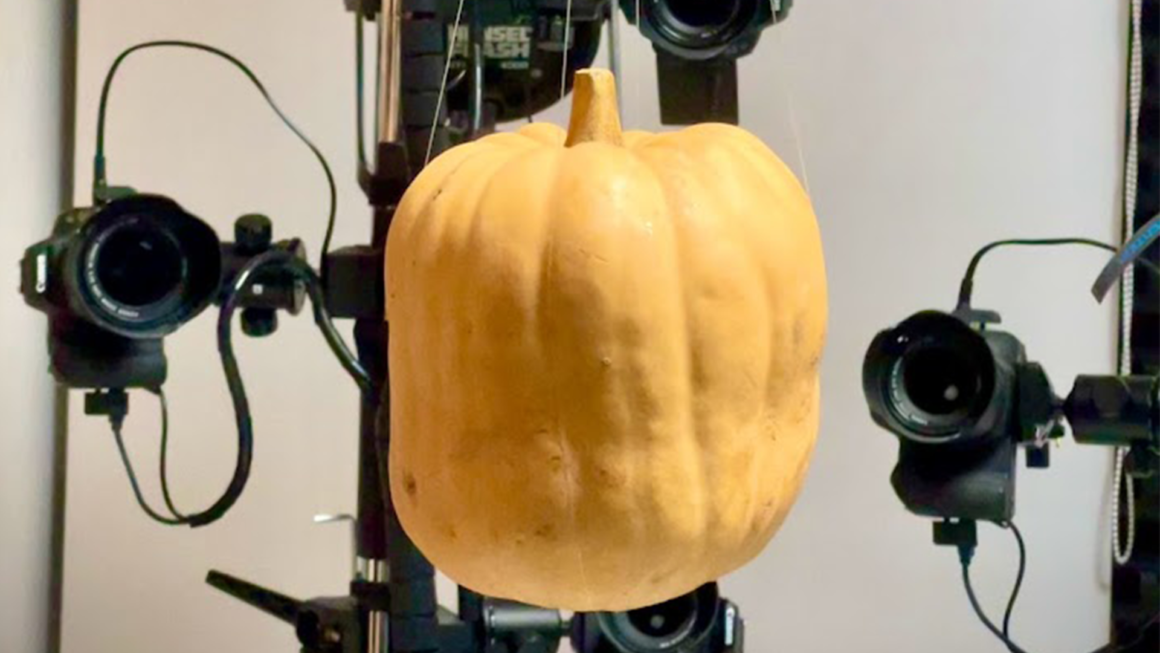
Examples from 3D.sk
Below are a few of the original 3D scans used in this collection — available in both high-poly and optimized low-poly versions, with up to 16K textures for maximum realism:
- Potato 3D Scan – natural dents and color transitions, simplified to ~9K polygons for real-time use.
- Chinese Cabbage 3D Scan – complex layered leaves and subtle translucency preserved through retopology.
- Beet 3D Scan – vivid deep-red tones and detailed root surface, optimized with clean quad structure for consistent shading.
- Ginger 3D Scan – fibrous root structure and natural roughness, reduced from ~2.3M to ~10K polygons.
- Kohlrabi 3D Scan – rounded form with smooth organic topology and clean UVs ready for baking.
- Lettuce 3D Scan – soft layered geometry rebuilt for light translucency and efficient shading.
- Parsley Root 3D Scan – earthy surface detail with visible ridges and clean quad flow.
- Garlic 3D Scan – organic bulb shape optimized for both close-up renders and real-time use.
- Pumpkin 3D Scans (2 variants) – deep ridges and complex curvature refined into perfectly flowing quads.
- Celery Root 3D Scan – chaotic surface structure tamed through structured topology and accurate normal maps.
Each asset includes OBJ and ZTL formats for full compatibility with ZBrush, Maya, Blender, Unreal Engine, and Unity.
The blend of optimized geometry and ultra-high-resolution textures ensures that these vegetables remain both visually realistic and technically efficient.

Why Retopology Is Key
Retopology is what transforms a raw scan into a usable 3D model.
It organizes geometry, reduces complexity, and keeps surface detail exactly where it belongs.
For 3D artists and developers, it brings tangible benefits:
- Real-time performance without losing realism
- Stable deformation and predictable shading
- Cleaner UV mapping and faster texture baking
- Ready geometry for LOD creation and optimization
A model that once held millions of polygons can now look just as lifelike with only a few thousand — saving render time, memory, and processing power.
Conclusion
The retopologized vegetable collection illustrates how even the most organic, irregular forms can be refined into production-ready assets without sacrificing their authenticity.
Every scan keeps its natural charm — from the rough skin of ginger to the delicate layers of lettuce — all while being optimized for performance and flexibility.
So whether you’re working on a hyper-realistic animation, a food scene in Unreal, or just need beautiful reference models, these vegetables bring a perfect mix of technical balance and visual realism.
GET YOUR FREE PACK
Jump in and try a curated pack of FREE art references from all five portals – female & male anatomy, comic poses, environments & textures, and 3D scans. No catch. Download, practice, and have fun!

Just joined? This is your guide to our art reference and 3D scan portals.
Download a free sample scan to test mesh structure and texture quality in your preferred workflow.
Perfect for evaluating how our photogrammetry assets fit into your production pipeline.
